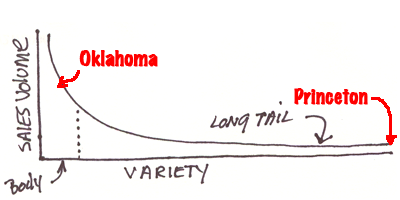 Todd Fuller and Gail McCray produce and co-host The Pulse, a weekly podcast for the Missouri State Teachers Association. The 25 podcasts they’ve produced since January, 2006, cover a wide variety of topics. When I listened to one of their podcasts last week, I was immediately struck by the quality and professionalism of the production. Not sure why I was surprised, since they’re both communications pros but it drove home one more time that anyone with something to say now has the means to be heard.
Todd Fuller and Gail McCray produce and co-host The Pulse, a weekly podcast for the Missouri State Teachers Association. The 25 podcasts they’ve produced since January, 2006, cover a wide variety of topics. When I listened to one of their podcasts last week, I was immediately struck by the quality and professionalism of the production. Not sure why I was surprised, since they’re both communications pros but it drove home one more time that anyone with something to say now has the means to be heard.
Near the end of the 30 minute chat (AUDIO), Todd mentions something I found very interesting. The association endorses political candidates and it’s a big deal (at least to the candidates). Typically those announcements would be made via news release to the big newspapers and media outlets. This year, MSTA plans to make the announcement on their podcast as well as putting the word out via blogs. I think that is brilliant I’ll bet they get a lot of play out of it.
Todd and Gail are making great use of podcasting and I have no doubt other associations will see the impact of what MSTA is doing and jump in the water.
PS: In addition to Todd and Gail, you’ll hear David Brazeal in a couple of places… but we lost him due to my lack of experience with Skype.

